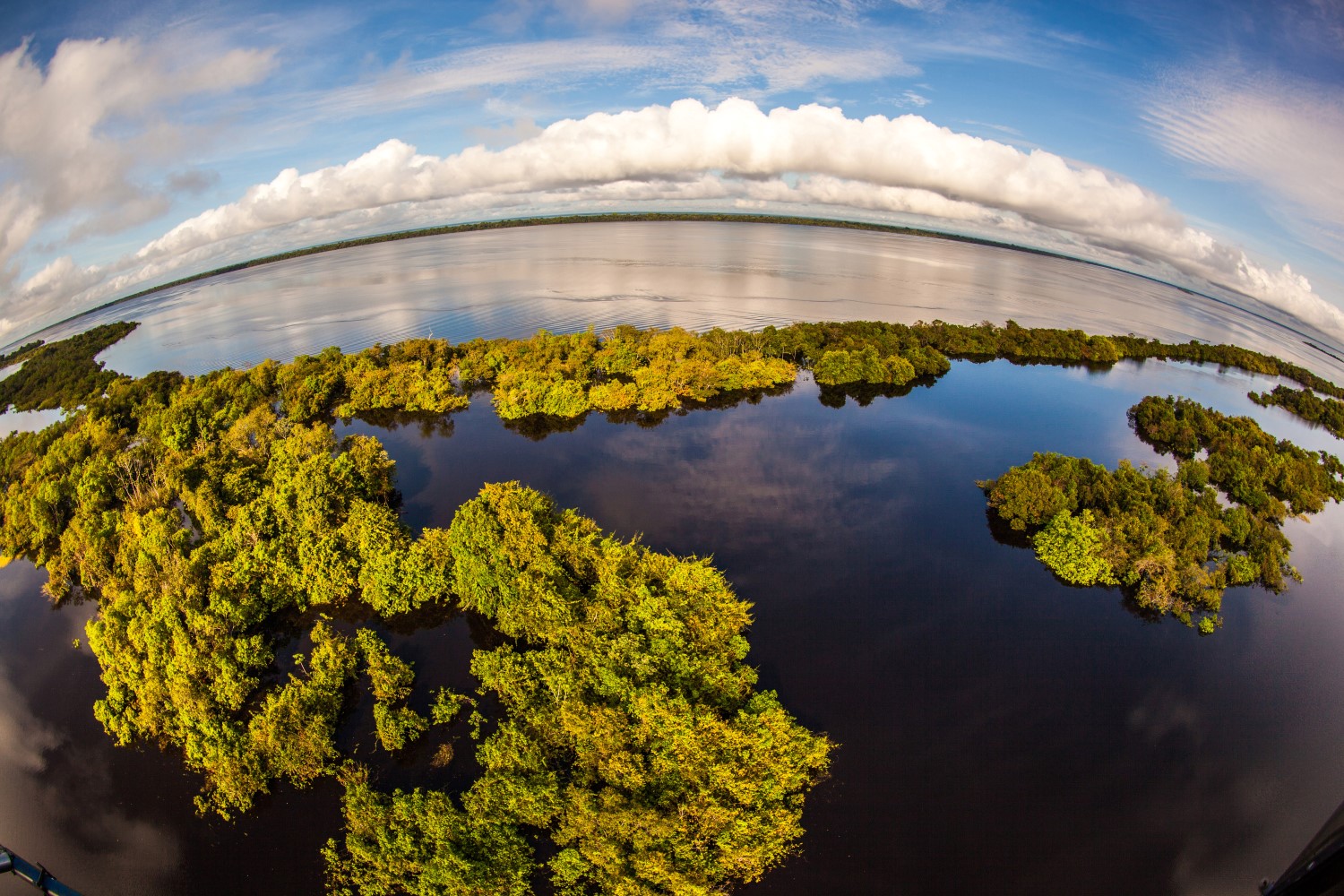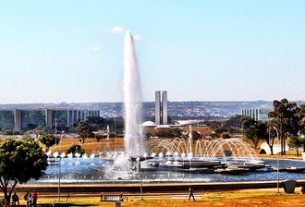The Amazon River impresses not only with its beauty, but also with its numbers. Let’s go to them:
For a long time, the Amazon was considered only as the river of largest water flow in the world (it has 60 times the water volume of the Nile).
However, studies from the beginning of the 21st century showed that the Amazonas is also larger in extension. Therefore: the largest river in the world in terms of length and water flow.
The Amazon River has 6,992 kilometers longbeing 3165 of them in Brazilian territory.
During its journey, it is fueled for approximately 1100 tributaries.
The river Amazon is present in Peru, Colombia and Brazil and its river basin is also in Bolivia, Ecuador, Venezuela and Guyana.
Our great Amazon River: Wide and Deep
-
Its depth can reach more than 120 meters during periods of flood: higher than the statue of Christ the Redeemer, Statue of Liberty and Big Ben (Image source: Portal Amazônia)
In your widest pointthe Amazon River reaches 11 kilometers wide during the dry season, which becomes 50 kilometers wide during the rainy season.
On average, the depth of Amazonas it is around 50 meters, but, in its deepest points, in the west of Pará, it reaches 120 meters (the equivalent of more than three times the size of the statue of Christ the Redeemer, in Rio de Janeiro)
The other names of the Amazon River?
The river rises with the name of Vilcanota and later receives the names of Uicaiali, Urubamba and Marañón.
When you enter Brazil, becomes Solimões, until it meets the Rio Negro, near Manaus. From this point to the mouth it is called Amazonas.
The meeting of the waters
-
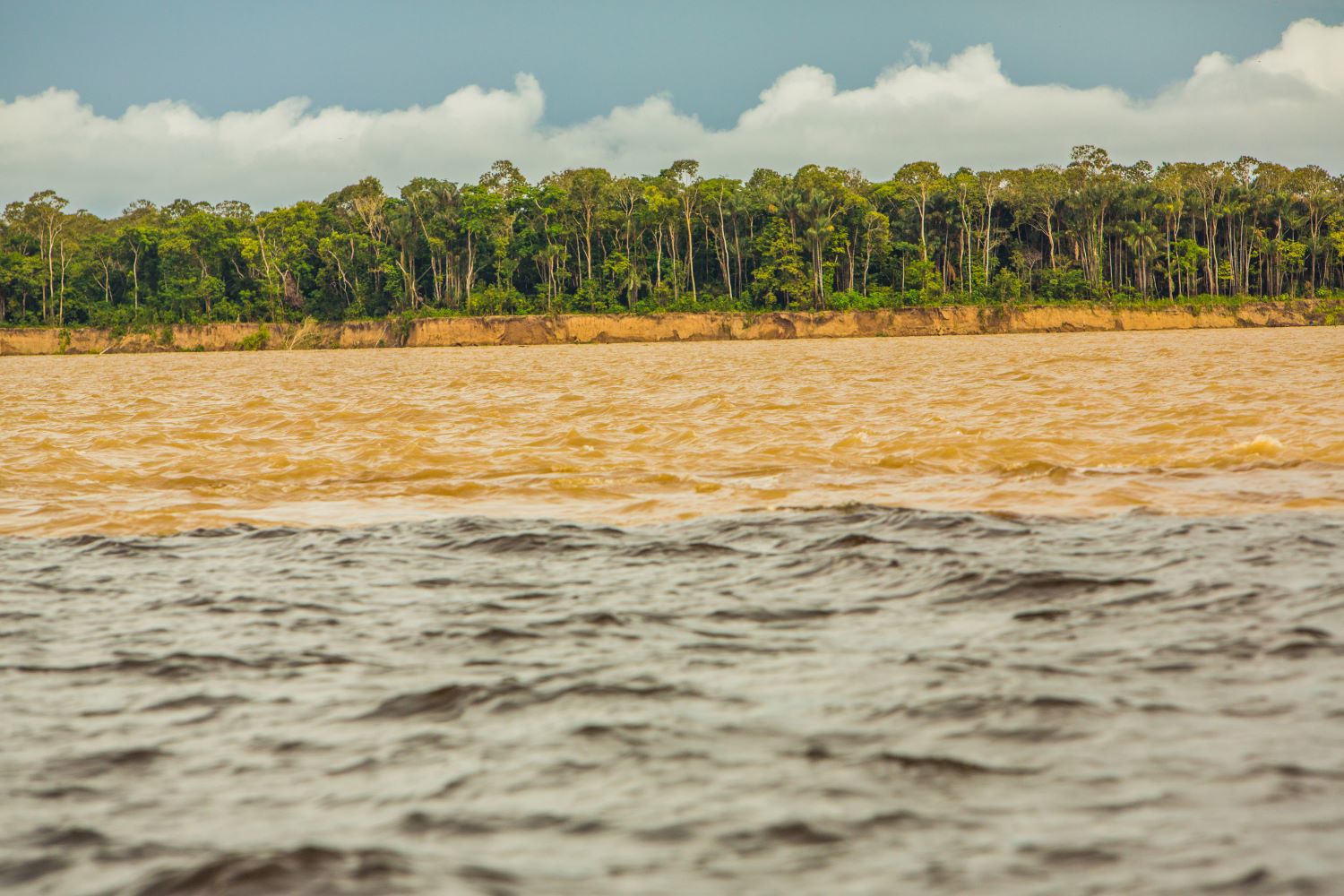
For six kilometers rivers run side by side without mixing their waters
A famous tourist spot for those passing through Manaus, the meeting of the waters is a spectacle of rare beauty.
Before becoming the Amazon, the Solimões River meets the Negro River. Its distinctly colored waters run side by side for six kilometers without mixing.
According to scientists, This is because the chemical composition, temperature and speed of the two are different.
Pororoca
Another powerful encounter of the Amazon River is with the sea.
The strength of the river is such that its encounter with the Atlantic causes a huge noise and generates large and violent waves causing severe destruction along the way, thus modifying the banks of the rivers and destroying the riverside vegetation.
This meeting is called Pororoca
The Amazon River is responsible for one fifth of the volume of fresh water that flows into oceans around the world: 210,000m3/s
According to researchersthe salinity of the ocean is much lower than normal, even after 150km out to sea from the beginning of the meeting between the Amazon and the sea.
The Amazon River passes through the greatest biodiversity on the planet
-
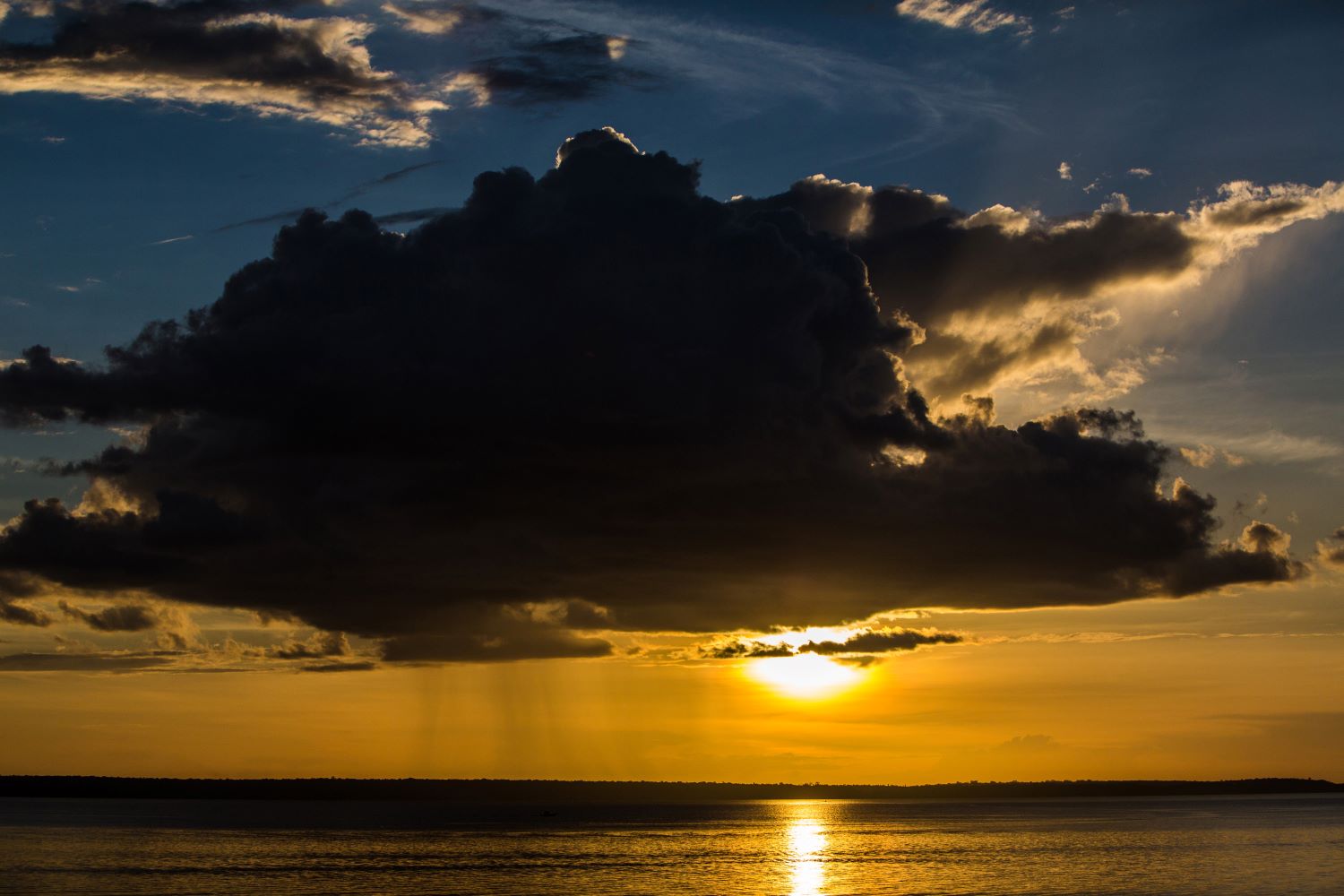
Cloud formations near the Amazon rivers are always a sight to behold
The Amazon River not only crosses it, but also helps to create the greatest biodiversity on the planet: The Amazon Rainforest. In its 4 million km2, there are more than 1300 species of birds; more than 3000 species of fish; more than 30000 species of plants;
The flora includes more than 1.5 million cataloged plant species.
River cruises
-
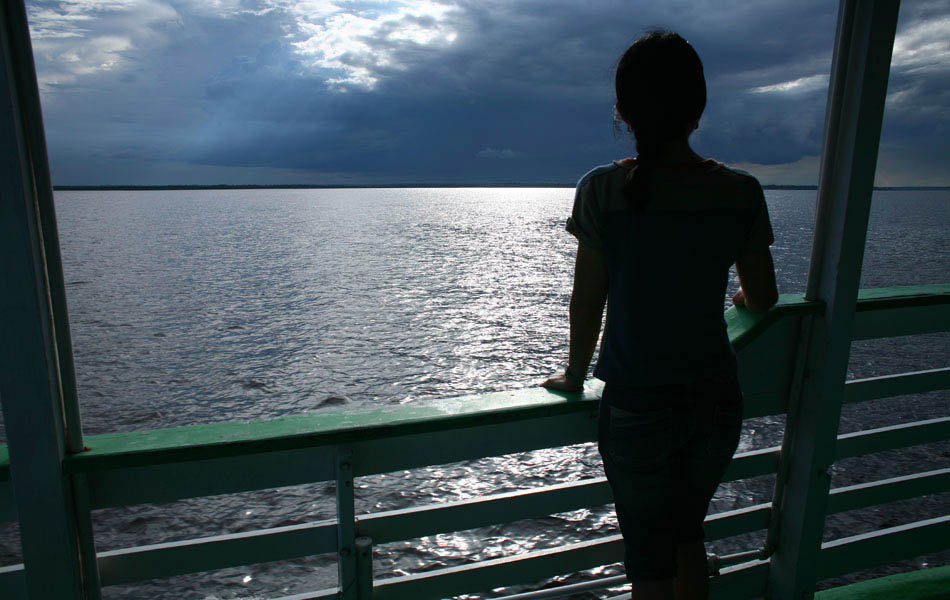
River navigation is the best way to get to know the Forest
Throughout its course in Brazilian territory, the Amazon River experiences a slight drop in level of just 82 meters. Therefore, it ends up being a river with excellent navigation conditions.
Navigation is a very rich way of transporting yourself and getting to know the forest. River cruises are great options for those who want to be close to the diversity of the forest, riverside communities, the Amazon and its various tributaries.
The rio Amazonas h9 million years ago
A study carried out by a group of scientists from the University of Brasília, in partnership with European educational institutions, came to the conclusion that the Amazon River flows into the Atlantic Ocean for at least nine million years.
Another revelation from this research was that before the river flowed to the opposite coast, the Pacific
According to this study, the fact that the Amazon River flows into the Atlantic today was caused in the past by the movement of the Nazca and South American tectonic plates, on which South America is located.

Sign up for our newsletter and stay up to date with exclusive news
that can transform your routine!
Warning: Undefined array key "title" in /home/storelat/public_html/wp-content/plugins/link-whisper-premium/templates/frontend/related-posts.php on line 12
Warning: Undefined array key "title_tag" in /home/storelat/public_html/wp-content/plugins/link-whisper-premium/templates/frontend/related-posts.php on line 13

